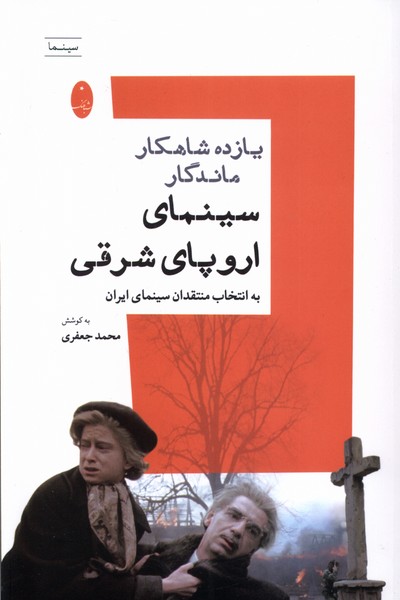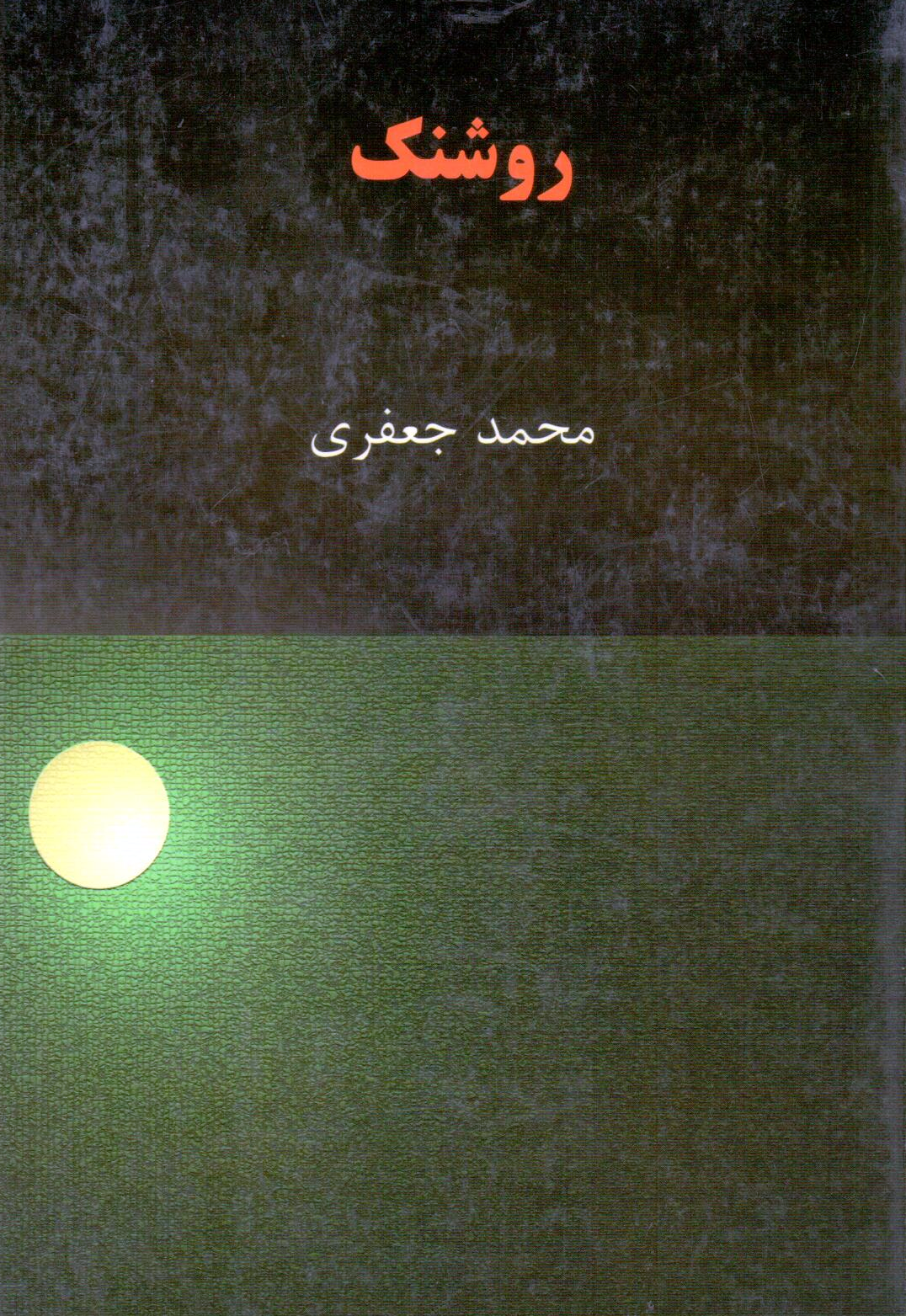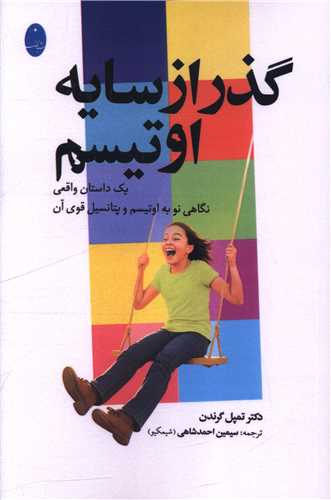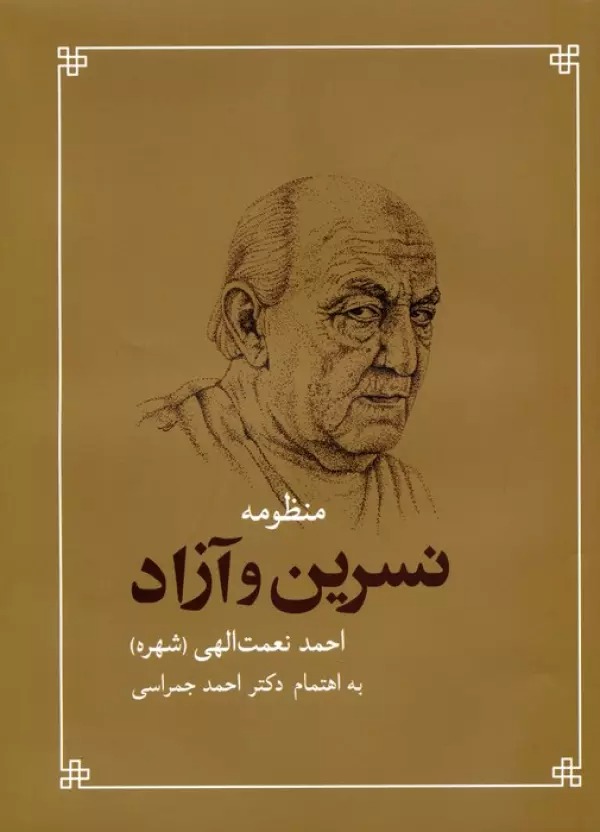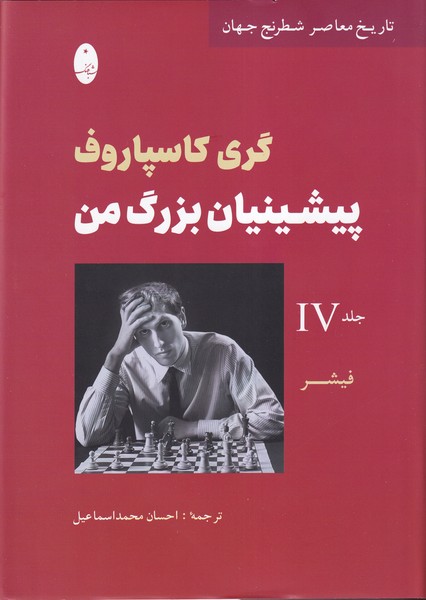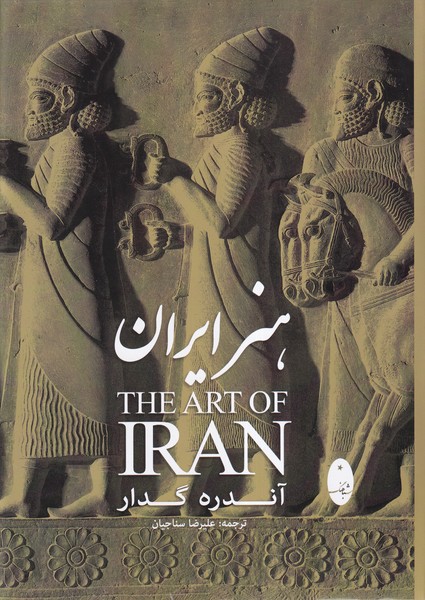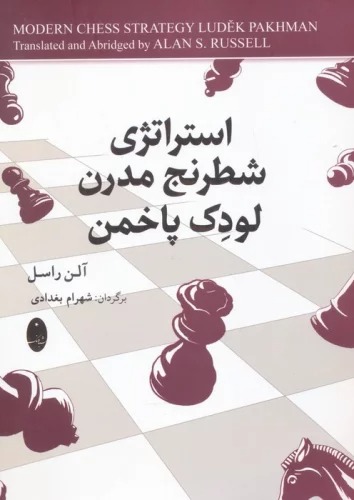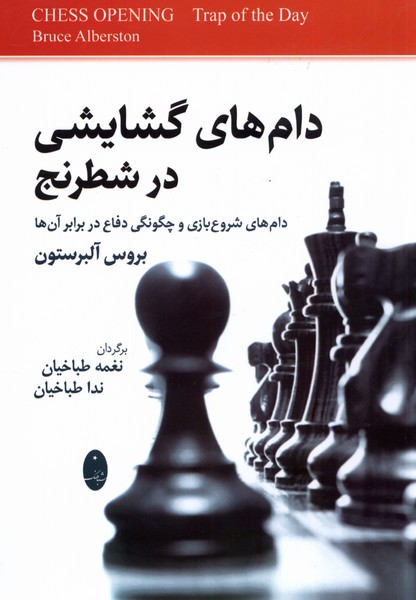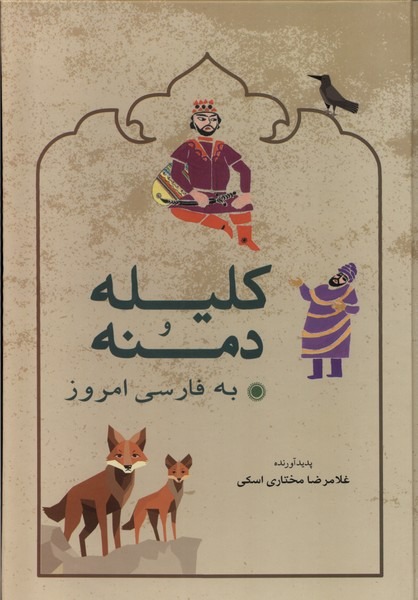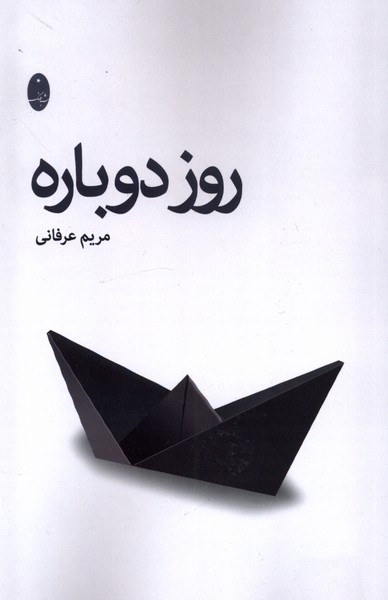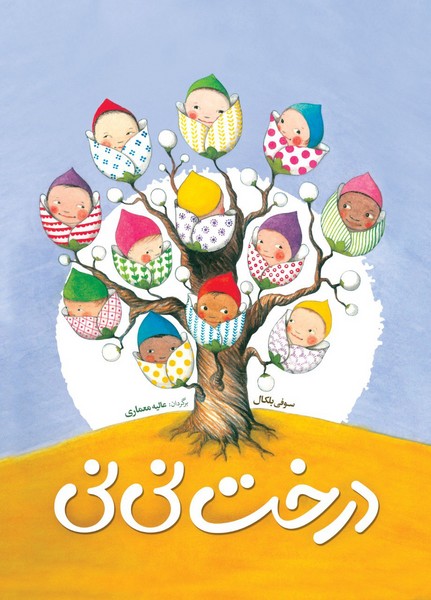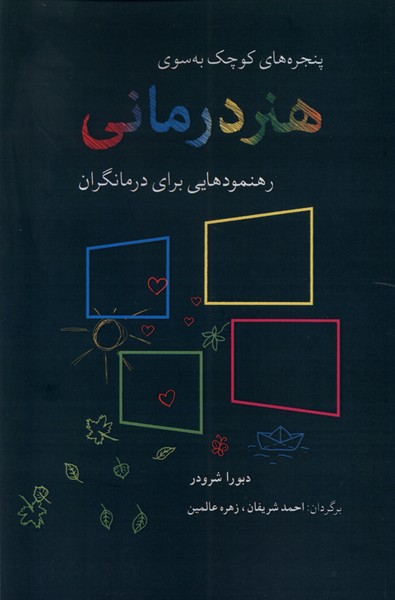Yāzdah Shāhkār-i Māndigār-i Sīnamā-yi Urūpā-yi Sharqī: Persian 1403
یازده شاهکار ماندگار سینمای اروپای شرقی
15.61 $
Share
Wishlist
The countries of Eastern Europe, with their unique geopolitical position, are the intermediary link between the powers of Western Europe and Russia and have always been the center of war and conflict between the great powers for centuries. It is no coincidence that the traces of these conflicts are evident in the 120-year-old cinema of these countries, and the plots of independent films of this land are full of endless campaigns of East and West that have lined up on both sides of these countries.
What eats away at the souls of the gentle-hearted filmmakers of Eastern Europe like a gnat and makes many independent works of filmmakers of this region hard is the shadow of the dominance of Hitler's Nazism and Stalin's communism, which looms like a ghost in many works of filmmakers of Eastern Europe.
Films such as Underground, Ashes and Diamonds, Red and White, nd No Man's Land are indictments against the rulers of this region who, having gone through one of the most terrible wars and civil conflicts in contemporary history, left behind horrific genocides, and most of them were the fruit of ideologies that destroyed the lives of several generations of this land. Films of the newer generations of Eastern European filmmakers such as: Four Months, Three Weeks and Two Days, Ida, nd The Turin Shroud are also descriptions of the lives of tormented and self-absorbed characters who are victims of the cruelty of the totalitarian systems that rule over them. Meanwhile, Krzysztof Kieslowski, in his brilliant trilogy Blue, Red, White, during the Cold War between the East and the West, by escaping to love, presents before our eyes a vision of the liberation of the people of his land from endless pain. A love that, although imbued with all kinds of doubts and suspicions, is an honorable proposal from a philosopher of cinema. Eastern European cinema has been fortunate enough to receive the Academy Award for Best Foreign Language Film seven times and the Palme d'Or at the Cannes Film Festival six times.
more
کشورهای اروپای شرقی با آن موقعیت ژئوپلیتیک منحصربهفردشان، حلقه واسط بین قدرتهای اروپای غربی با روسیه هستند و در سدههای متوالی همواره مرکز جنگ و درگیری بین قدرتهای بزرگ بودهاند. تصادفی نیست که ردّپای این کشمکشها در سینمای صدوبیست سالهی این کشورها مشهود است و پیرنگ فیلمهای مستقل این دیار پر است از اردوکشیهای تمامنشدنی شرق و غرب که در دو سوی این کشورها صفآرایی کردهاند.
آنچه مانند یک خوره روح فیلمسازان نازکدل اروپای شرقی را میخورد و در بسیاری از آثار مستقل سینماگران این دیارسنگینی میکند سایه سیطره نازیسم هیتلری و کمونیسم استالینی است که مثل یک شبح در بسیاری از آثار سینماگران اروپای شرقی خودنمایی میکند.
فیلم هایی چون: زیر زمین،خاکسترها و الماسها، سرخ و سفید و سرزمین هیچکس ادعانامههایی هستند علیه حاكمان این خطه که با گذر از یکی از وحشتناکترین جنگهای تاریخ معاصر و درگیری های داخلی، نسلکشیهای دهشتناکی از خود بهجا گذاشتند و بیشتر آنها ثمرهی ایدئولوژیهایی بودند که زندگی چند نسل این سرزمین را به فنا دادند. فیلمهای نسلهای جدیدتر فیلمسازان اروپای شرقی مثل: چهار ماه و سه هفته و دو روز، ایدا و اسب تورین نیز شرح زندگی شخصیتهای محنتزده و در خودفرورفته است که قربانی قساوت نظامهای توتالیتر حاکم بر خود هستند. در این میان، کریشتف کیشلفسکی در سهگانه درخشانش آبی، قرمز، سفید در اثنای جنگ سرد بین جهان شرق و غرب، با گریززدن به عشق، منظری از رهایی مردم سرزمینش از دردهای تمامنشدنی، مقابل دیدگان ما میگذارد. عشقی که هر چند آغشته به انواع تردیدها و بدگمانیهاست اما پیشنهاد شرافتمندانه ای از سوی یک فیلسوف سینماست.
سینمای اروپای شرقی این بخت را داشته که هفت بار جایزه اسکار بهترین فیلم غیر انگلیسی و شش بار نخل طلای جشنواره فیلم کن را دریافت کند.
more

